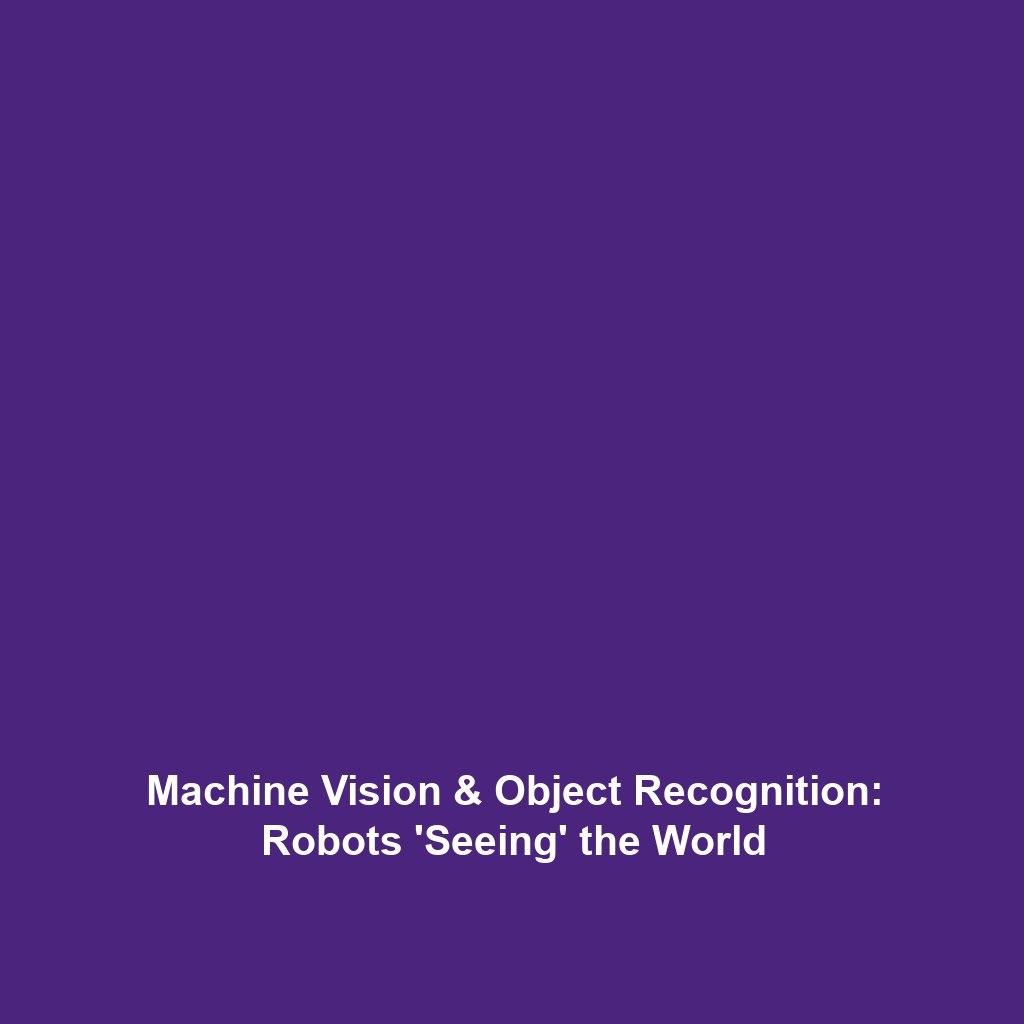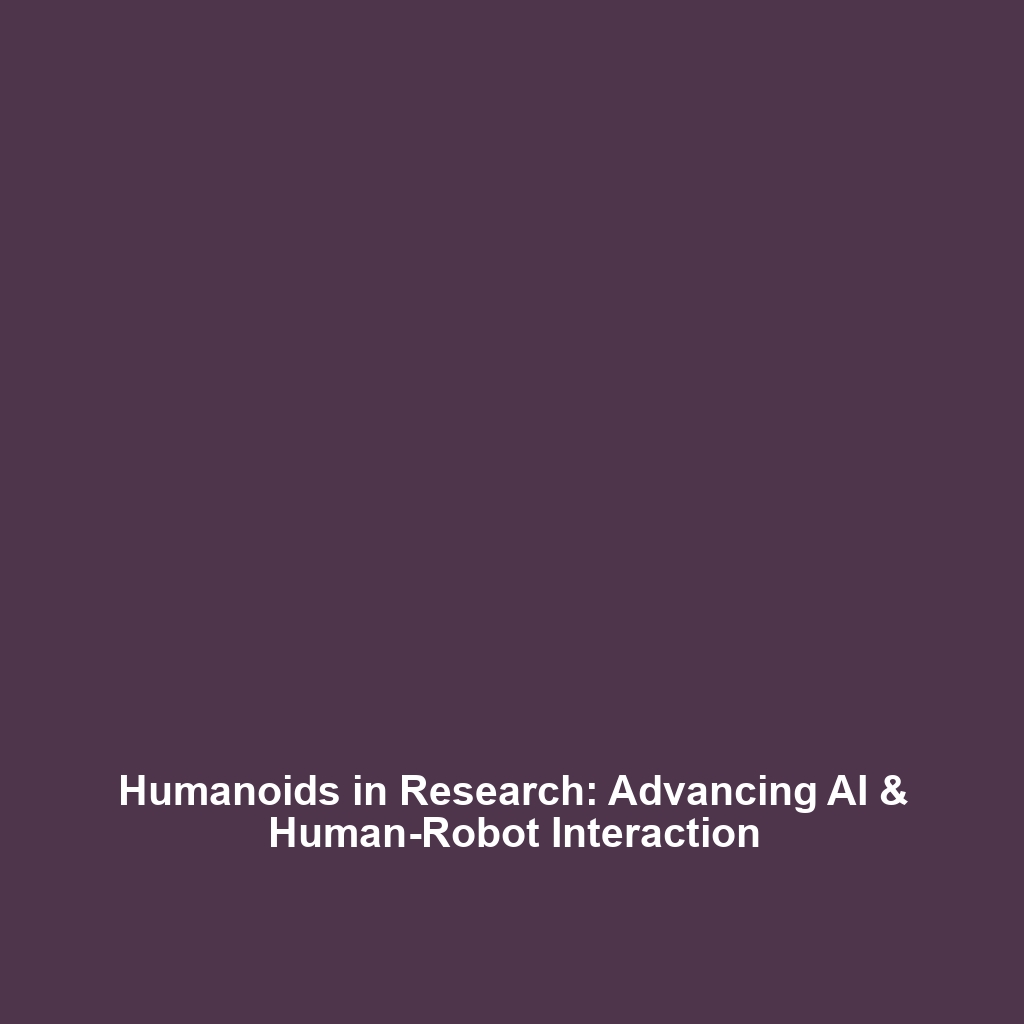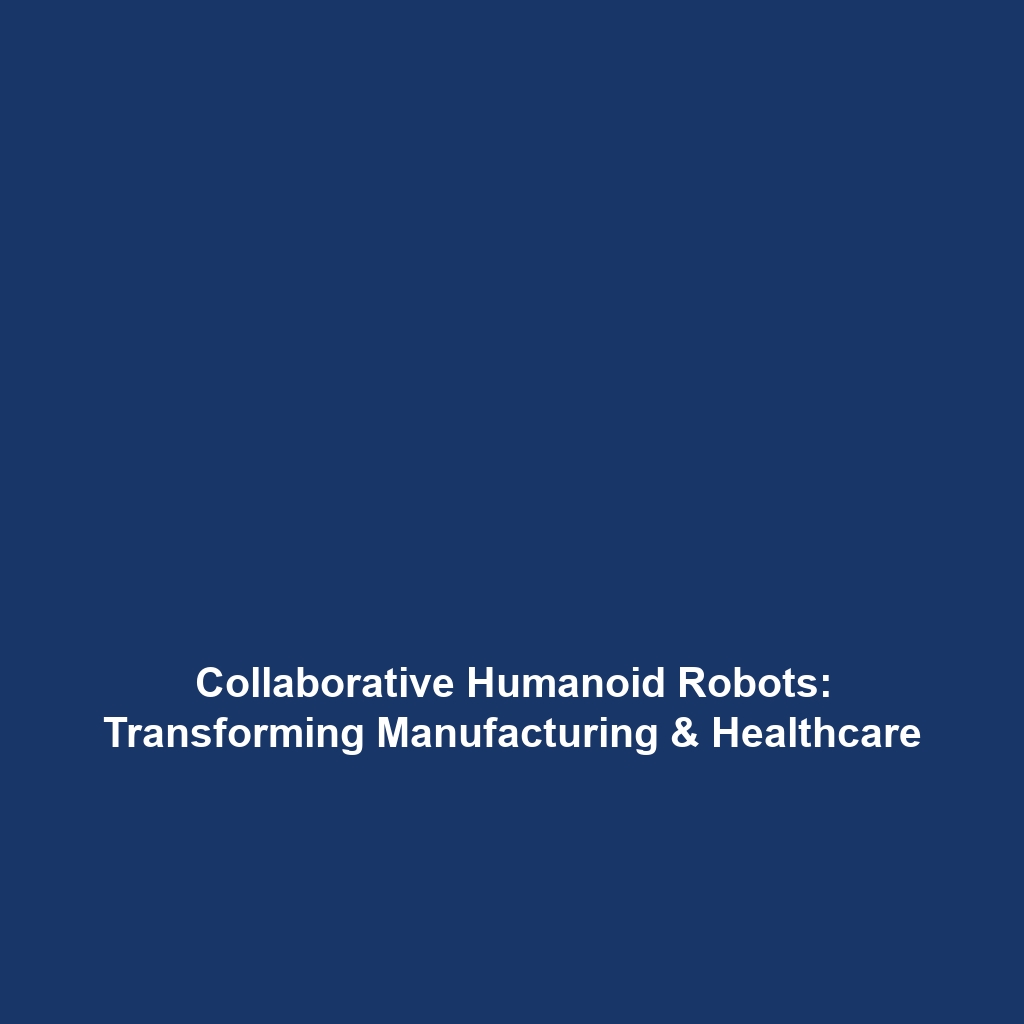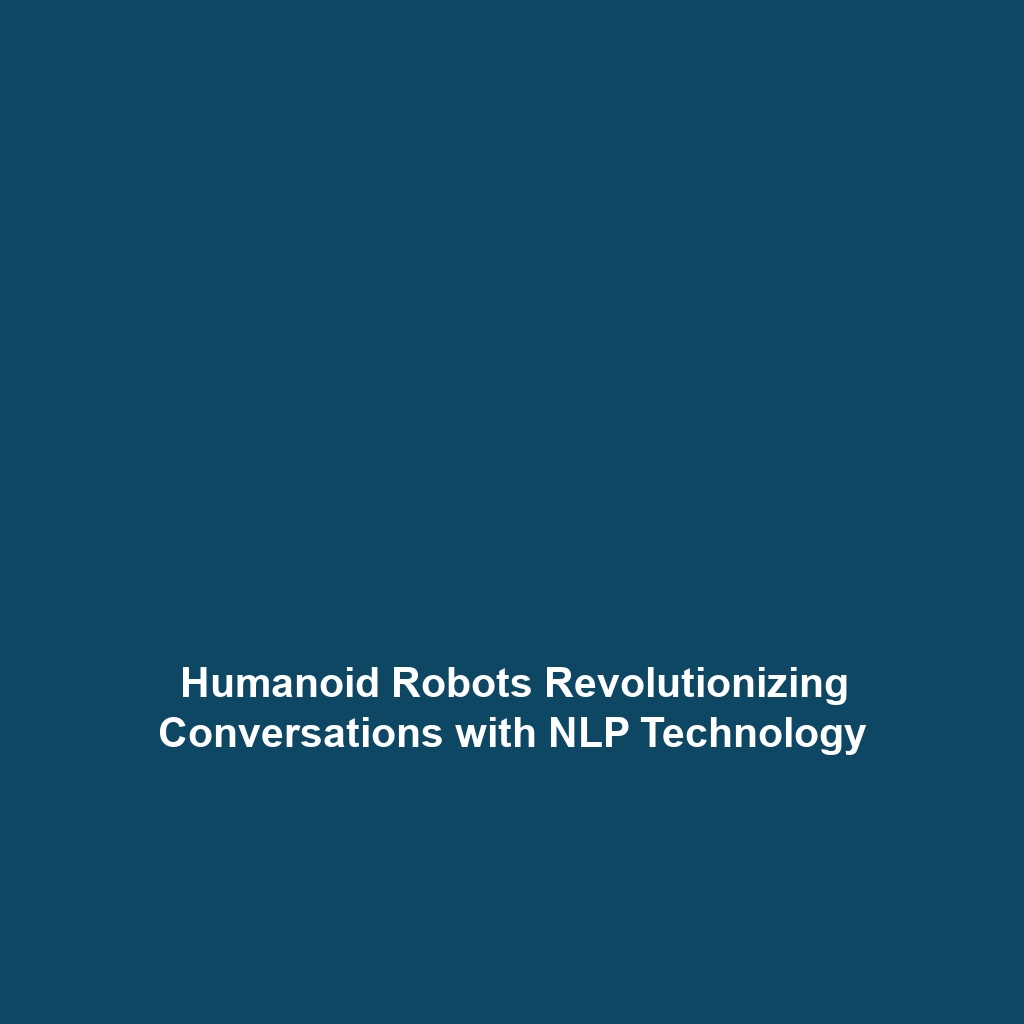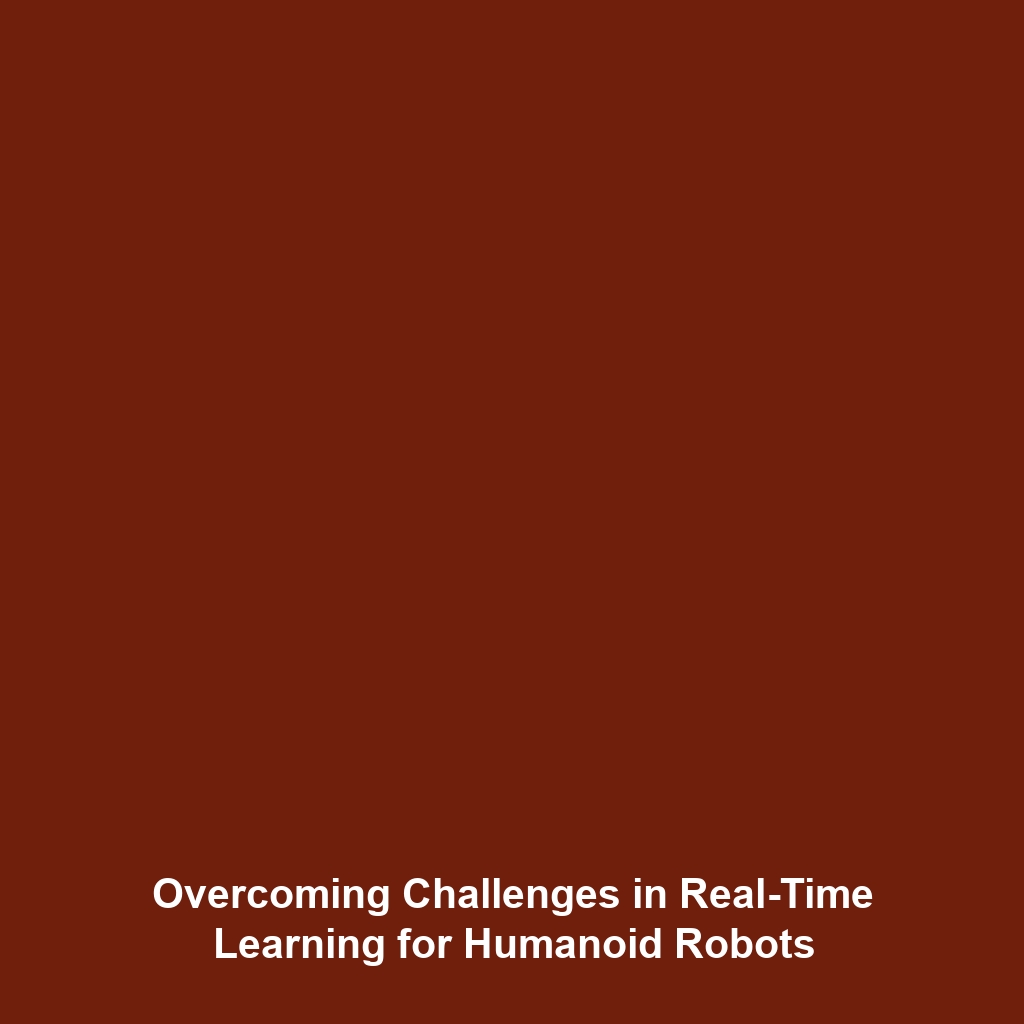What Are Humanoid Robots?
Introduction
Humanoid robots are sophisticated machines designed to mimic human appearance and behavior. Their significance extends beyond mere imitation; they are transforming industries, enhancing our understanding of artificial intelligence, and paving the way for robotics research. As societies advance, the integration of humanoid robots into daily life and work environments presents exciting opportunities and challenges. By exploring the definition, characteristics, and functionalities of humanoid robots, we can appreciate their role in the future of technology and human-robot interaction.
Key Concepts
Definition and Characteristics
Humanoid robots are defined by their human-like traits, including facial features, body shapes, and movement patterns. They are equipped with advanced sensors, actuators, and algorithms that allow them to perform tasks typically associated with human activities. Key characteristics of humanoid robots include:
- Anatomical likeness: Their physical structure is designed to resemble the human body.
- AI integration: They utilize artificial intelligence for tasks such as speech recognition, learning, and decision-making.
- Autonomous movement: Many humanoid robots can navigate and interact with their environments autonomously.
Types of Humanoid Robots
Humanoid robots can be classified into various types based on their functionalities and capabilities:
- Social humanoid robots: Designed for interaction with humans, often used in customer service and therapy.
- Industrial humanoid robots: Used in manufacturing and logistics for repetitive tasks and automation.
- Educational humanoid robots: Used in classrooms to teach students about robotics and programming.
Applications and Real-World Uses
The applications of humanoid robots are diverse and impactful across various sectors. Here are some notable examples:
- Healthcare: Humanoid robots assist in elderly care, rehabilitation, and companionship.
- Education: They engage students in learning through interactive experiences and programming tasks.
- Customer Service: Humanoid robots are employed in retail environments to assist customers and manage inquiries.
These examples illustrate how humanoid robots provide practical solutions and revolutionize the understanding of human-technology interaction.
Current Challenges
Despite their potential, the development and application of humanoid robots face several challenges:
- Technical limitations: Achieving fluid motion and realistic human interaction remains difficult.
- Safety concerns: Ensuring safe interaction between robots and humans is crucial, especially in public spaces.
- Ethical dilemmas: The implications of humanoid robots in society raise ethical questions regarding personal privacy and job displacement.
Future Research and Innovations
The future of humanoid robots is bright, with ongoing research leading to groundbreaking innovations:
- Enhanced AI capabilities: Future humanoid robots will incorporate more advanced machine learning algorithms for better interaction.
- Improved mobility: Innovations in robotics will enhance mobility, allowing humanoid robots to navigate dynamic environments.
- Collaborative robots: Future iterations will work alongside humans in various settings, enhancing productivity and efficiency.
Conclusion
Humanoid robots represent a significant advancement in robotics, with capabilities that mirror human abilities and interactions. Understanding what humanoid robots are and their implications will allow us to embrace their potential while addressing the challenges that lie ahead. Continued research and innovation are essential for integrating humanoid robots into our daily lives responsibly. For further exploration, consider reading about robotic ethics or the latest advancements in AI technology.



